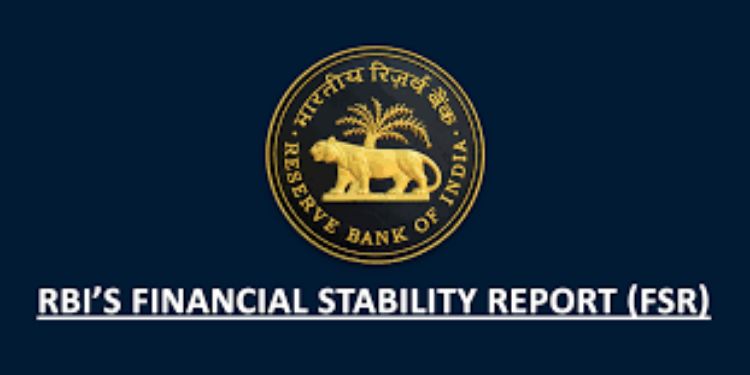The Reserve Bank of India (RBI) recently released its 27th Financial Stability Report (FSR), presenting an assessment of the Indian financial system’s resilience and risks. Despite global uncertainties and challenges, the Indian economy continues to display robust growth supported by strong macroeconomic fundamentals. The banking sector, in particular, has performed well, outshining the turmoil experienced by advanced economies.
Here are the key highlights from the report:
-
Robust Deposit Growth: Exceeding 10% Threshold Aggregate deposit growth, which had experienced a slight moderation in the previous two years, regained momentum and crossed the 10% mark, reaching 11.8% as of June 2, 2023. The primary driver of this growth was private-sector banks, as term deposits attracted healthy accretions in the rising interest rate cycle. Consequently, current account and savings account (CASA) deposits experienced a relative decline.
- Impressive Credit Growth: Surpassing 15% Benchmark The banking sector witnessed remarkable credit growth, driven equally by public sector banks and private banks. Credit growth reached an impressive 15.4%, with significant contributions from the personal loan segment. Personal loans, encompassing housing, credit card receivables, vehicle/auto loans, and education loans, experienced broad-based growth of 22.2% year-on-year.
- Enhanced Asset Quality: GNPA Reaches Decadal Low Banks have successfully improved their asset quality by reducing the proportion of non-performing assets. Scheduled commercial banks (SCBs) continued to enhance their asset quality, with the gross non-performing assets (GNPA) ratio falling to a 10-year low of 3.9% in March 2023. Additionally, the net non-performing assets (NNPA) ratio improved to 1.0%, a level last seen in June 2011.
- Decline in Large Borrowers: Retail Loans Gain Traction Over the past three years, the share of large borrowers in the gross advances of SCBs has consistently decreased. It dropped from 51.1% in March 2020 to 46.4% in March 2023, primarily due to the faster growth of retail loans compared to corporate borrowings. Consequently, the share of large borrowers in the GNPA of SCBs also substantially declined.
-
Profit Margin Boost: Higher Net Interest Margin and Strong PAT Growth During the period of 2022-23, banks experienced a 30 basis points improvement in net interest margin (NIM), as the transmission of monetary policy tightening to deposit rates lagged behind the pass-through to lending rates. This resulted in a healthy 38.4% year-on-year growth in bank’s profit after tax (PAT), driven by a significant increase in net interest income (NII) and reduced provisions.
RBI Financial Stability Report, June 2023: Indian Economy and Financial System Remain Resilient
The Reserve Bank of India (RBI) has released the 27th issue of the Financial Stability Report (FSR), providing an assessment of risks to financial stability and the resilience of the Indian financial system. Despite global uncertainties, the Indian economy and domestic financial system exhibit strength, supported by robust macroeconomic fundamentals.
Global Economic Uncertainty:
Heightened uncertainty persists in the global economy due to fragility in certain banking systems, geopolitical tensions, and moderating but elevated inflation.
Resilience of Indian Economy:
Amidst global headwinds, the Indian economy demonstrates resilience, benefiting from continued growth momentum, moderating inflation, a narrowing current account deficit, rising foreign exchange reserves, ongoing fiscal consolidation, and a robust financial system.
Encouraging Signs for Indian Economy:
The healthy balance sheets of banks and corporates are fostering a new credit and investment cycle, brightening the prospects of sustained growth for the Indian economy.
Strong Capital Adequacy:
Scheduled commercial banks (SCBs) witnessed historical highs in capital to risk-weighted assets ratio (CRAR) and common equity tier 1 (CET1) ratio. As of March 2023, the CRAR stood at 17.1%, while the CET1 ratio reached 13.9%.
Find More News Related to Banking




 Haryana Assembly Passes Resolution to Co...
Haryana Assembly Passes Resolution to Co...
 Which Country is Known as the Land of Ch...
Which Country is Known as the Land of Ch...
 Operation Hawkeye: US and Jordan Strike ...
Operation Hawkeye: US and Jordan Strike ...







